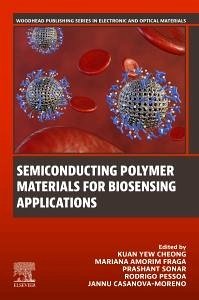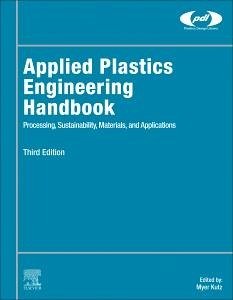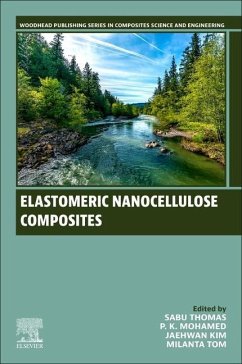
Semiconducting Polymer Materials for Biosensing Applications

PAYBACK Punkte
141 °P sammeln!
Semiconducting Polymer Materials for Biosensing Applications provides a comprehensive look at semiconducting polymer materials and their deposition, characterization and use in biosensors. The book begins with an introduction to the key materials and background of essential technologies. Major types of monomer chemistries and fabrication of polymer materials are discussed, with a focus on semiconducting films suitable for use in (bio)sensors. A survey of the state-of-the-art for organic thin-film polymer semiconductor sensor-based fabrication methods for materials and devices covers a wide ran...
Semiconducting Polymer Materials for Biosensing Applications provides a comprehensive look at semiconducting polymer materials and their deposition, characterization and use in biosensors. The book begins with an introduction to the key materials and background of essential technologies. Major types of monomer chemistries and fabrication of polymer materials are discussed, with a focus on semiconducting films suitable for use in (bio)sensors. A survey of the state-of-the-art for organic thin-film polymer semiconductor sensor-based fabrication methods for materials and devices covers a wide range of chemical, material, physical and advanced fabrication techniques. The book concludes with a chapter on theoretical insights for designing sensors, (bio)sensors for medical, food and environmental applications and the future of sensors. This book is suitable for materials scientists and engineers and biomedical engineers in academia or industry.













